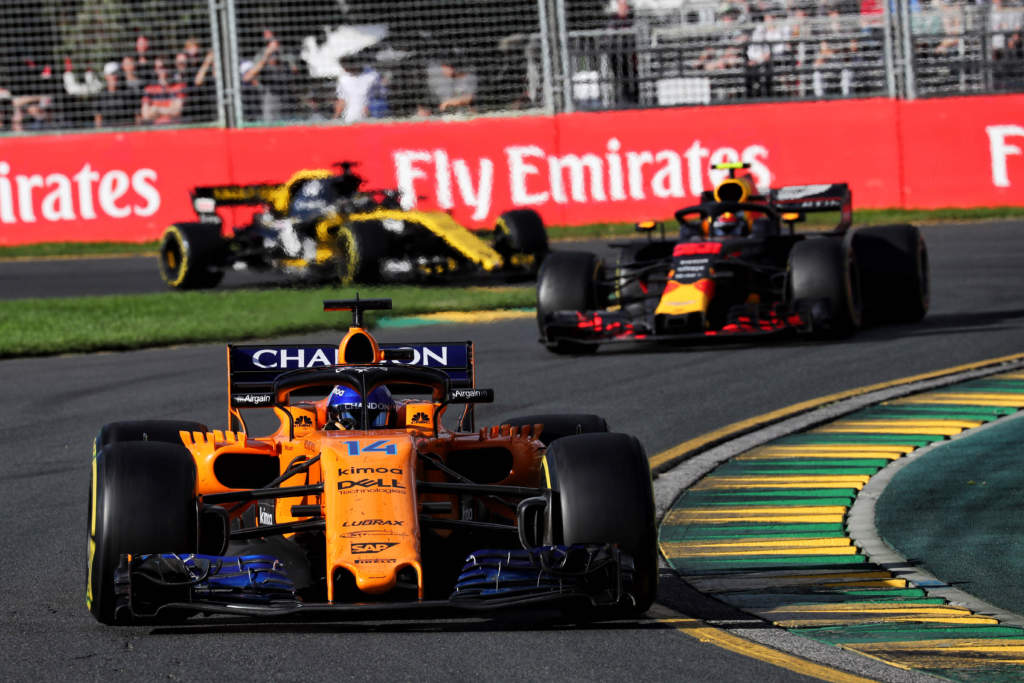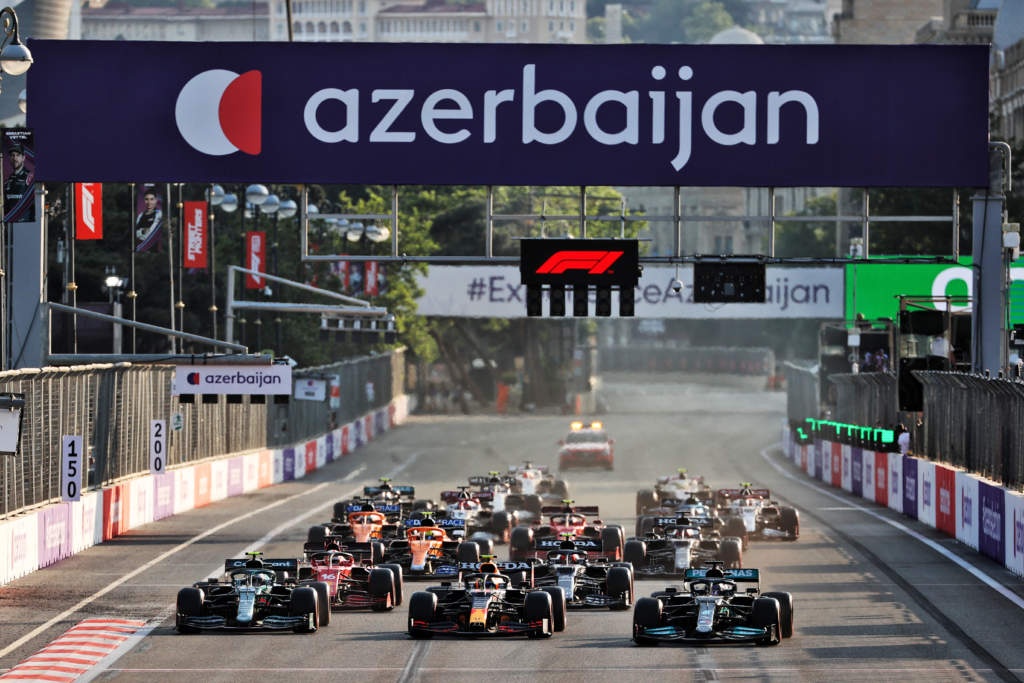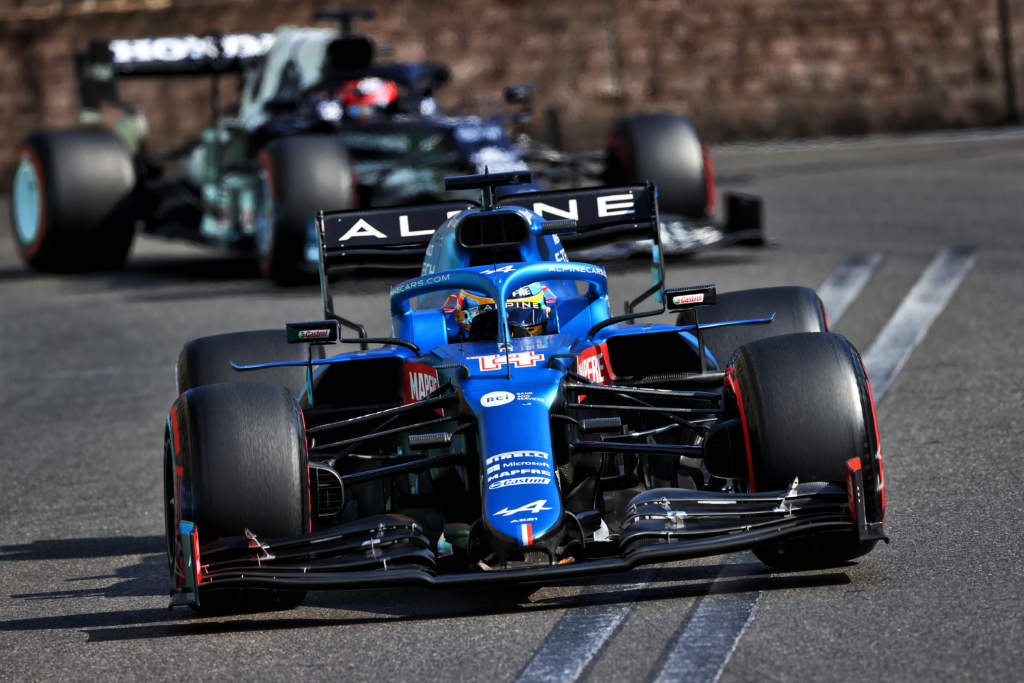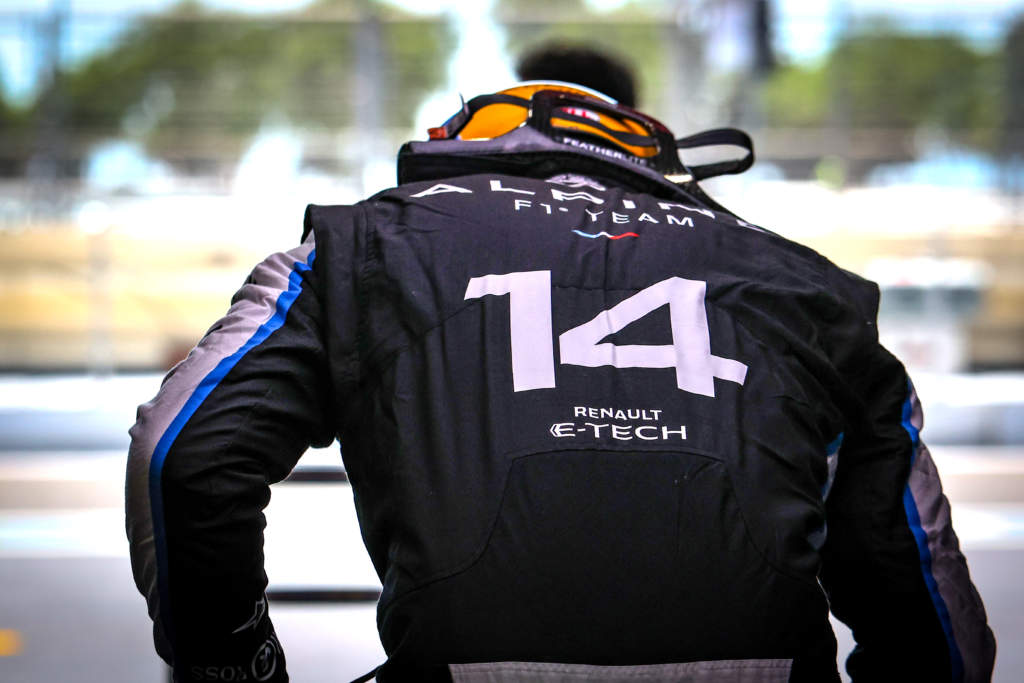Up Next

Any suspicions anyone might harbour that 39-year-old Fernando Alonso has lost any of his competitive spirit of racing need only watch the two-lap dash to the flag at the end of the Azerbaijan Grand Prix last weekend. The Alpine driver was the big winner, climbing from a starting position of 10th to sixth.
This was not only Alpine’s best result of the season, but also Alonso’s best since he finished fifth in the 2018 season-opening Australian Grand Prix.

In career terms, that’s 26 grand prix starts ago. And it came on a weekend when, for the first time, Alonso demonstrated a pace advantage over team-mate Esteban Ocon.
After the race, Alonso was delighted – as you might expect for someone who had opportunistically grabbed a result. But he was also revelling in the intensity of that dash to the flag, in which he had been at his incisive, predatory best.
“We need to think about having many two-lap races – 25 lap races of something like that,” Alonso joked.
“People were being very aggressive on those two laps, you didn’t need to take care of the tyres or anything, so that was fun.
“The weekend was very solid for us and 10th, which was our position for the race [before the red flag] was too little reward for the weekend we have done. I’m happy with sixth because the team deserved sixth.”

So how did Alonso pull it off? His launch from 10th on the standing restart grid was decent but nothing remarkable – and despite changing tyres under the red flag he had the oldest softs of anyone in the field, with all 16 remaining drivers taking the restart using the C5 Pirellis.
But his start did allow him to menace Daniel Ricciardo and Carlos Sainz ahead, squeezing up the inside of the two of them into Turn 1. With Lewis Hamilton up the escape road after his ‘magic’ toggle error, that meant Alonso was up to seventh.
The run to Turn 2 was all about consolidating the position, covering the inside into the left-hander. Ahead, AlphaTauri’s Yuki Tsunoda and McLaren’s Lando Norris were battling, going side-by-side through the Turn 3 left-hander. They continued their battle into Turn 4, with Tsunoda tight on entry and Norris taking a middle line, which allowed Alonso to take the conventional line into the corner and close up.
Despite a little wheelspin as he eagerly tried to gain more ground, he pulled alongside Tsunoda and was able to complete the move into the Turn 5 left-hander, which leads into the Turn 6 right-hander.
Alonso then cut across the track at the exit of Turn 6 to block Tsunoda, which forced the AlphaTauri driver to take the outside line into Turn 8 – locking up in the process. Given the profile of the corner, Alonso was never likely to be passed around the outside and had sixth place sewn up.

Although he could climb no further, that half-lap showed the kind of racing he’s capable of – and craves. It was a stark contrast to the rest of the race, which was a challenging one given the Alpine’s relative lack of pace. Although Alonso reached Q3, the Alpine was at best the sixth-fastest car around the streets of Baku.
Having run seventh in the first stint, he made his pitstop at the end of lap seven to force an undercut. But the effectiveness of the overcut and the struggle for pace meant that didn’t work.
This left him as low as 14th, although it was a de facto 11th place once the pitstops had all shaken out – even after Alonso himself had taken a ‘free’ second stop for a set of softs that didn’t cost him any positions.
He moved up to 10th when Max Verstappen suffered his rear-left tyre failure, which laid the foundations for the late charge that transformed his race.

“We lacked pace, that was the truth behind everything,” said Alonso. “We were a little bit slower than expected in the race pace.
“First, we tried to undercut very early on the first stop, it didn’t pay off too much. And then it was a safety car and we tried to put on the soft. We were trying just different things because in pure pace we were not there.”
Alonso’s final verdict was that the car was “three or four tenths slower” than its direct midfield rivals in the race. After difficult weekends in Azerbaijan and Monaco, the team is optimistic of stronger form on F1’s return to more orthodox circuits such as Paul Ricard and the Red Bull Ring.
What happened in the two-lap ‘mini prix’ at the end of the race at Baku showed that if and when the car is ready to fight for consistent top six positions, Alonso also will be.





